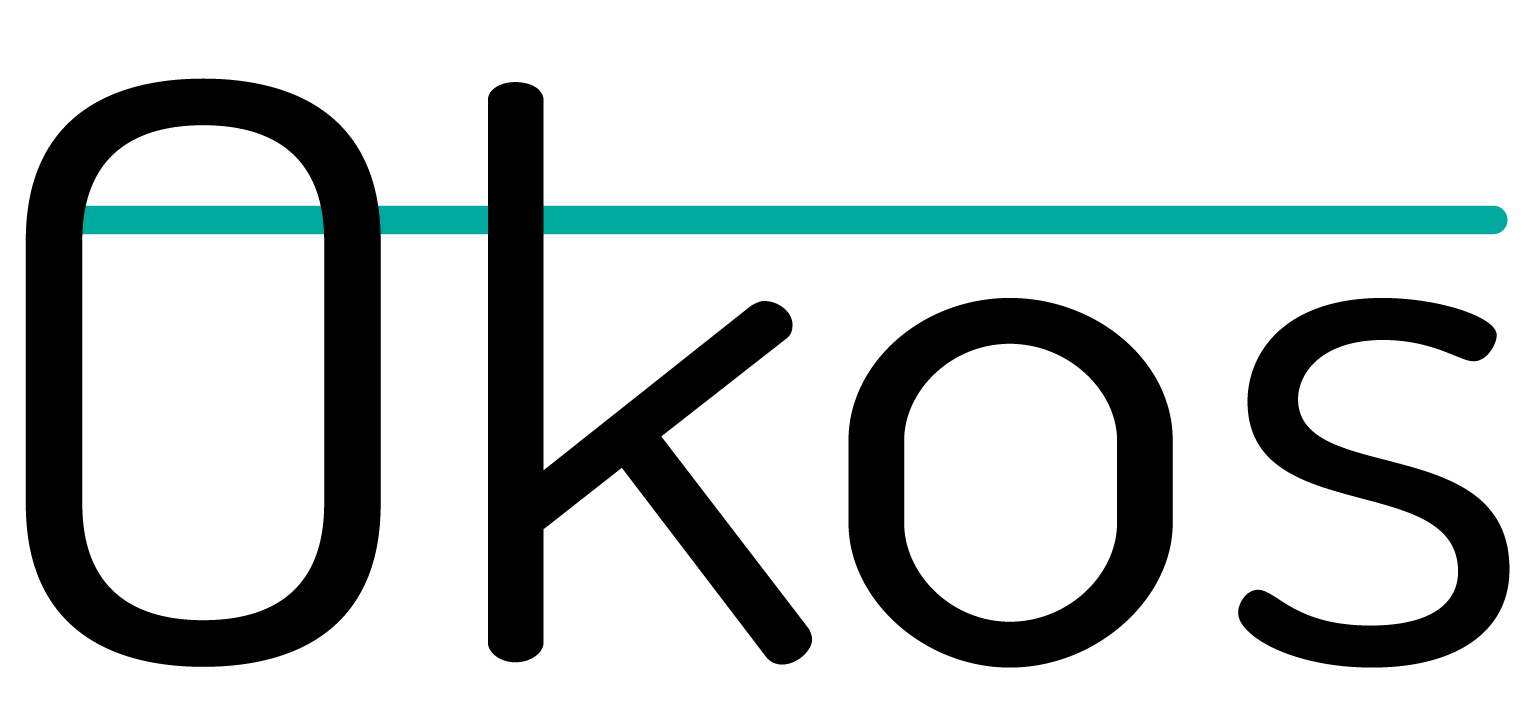Nationwide Business Services Company
Laser-focus on safety strategy increases productivity and financial performance

A skilled trades staffing company that operates nationwide and serves both construction and utility customers faced escalating injuries and safety violations. Like many large staffing organizations, this company is highly decentralized with multiple layers of management and serves a wide variety of local markets and customer work environments. Setting and deploying process change and improvement is highly challenging.
Added to this complexity is the environment in which the company operates. The company sends thousands of temporary workers daily to work sites; the company is not the primary job-site contractor; the company cannot control working conditions; the company does not have on-site supervisors; and the workforce is, for the most part assigned to short-term jobs, the vast majority lasting less than 30 days—well within the window where most injuries typically occur.
In addition to keeping workers safe for the sake of themselves and their families, the company’s value proposition revolves around providing customers with increased productivity and lower net labor costs. The company was failing at all three. Worker injuries were spiraling out of control and work stoppages at customer sites had become a regular occurrence. The financial viability of the company was challenged—workers compensation expenses cut profits severely and the company’s ability to compete in the marketplace was in jeopardy.
Okos first engaged the senior management team to clarify its safety strategies, which included: committing the entire company to a set of safety values; engaging leadership, staff, customer, and temporary associates in safety training; and creating robust measurements and feedback/accountability loops for internal company staff, temporary staff and customers. Okos then spent two years helping the organization execute these strategies by increasing cross-functional planning that gained alignment and commitments at the top 4 levels of management; improved the safety organization’s ability to influence company and customer processes and behaviors; and, helped the management teams build practical accountability into the initiative.
The net result was a major turnaround for the company—over 1000 managers and safety specialists executing consistently across all company locations and within thousands of customers job sites. Accidents decreased 83%, saving the company tens of millions of dollars; across its markets, the company became far more competitive and, in many markets became the leading temporary staffing provider; and, the company received national recognition from a leading safety association for its efforts. While the savings to their customers were not formally calculated, shutdowns and OSHA violations became a rare, rather than regular occurrence.










